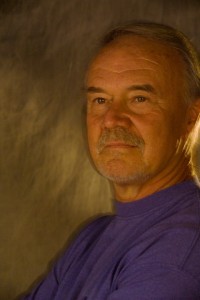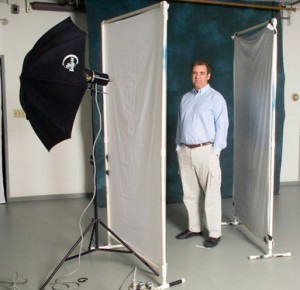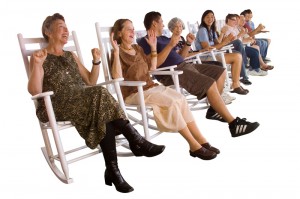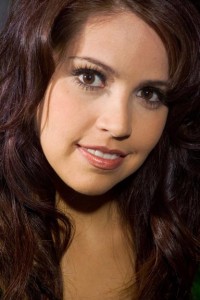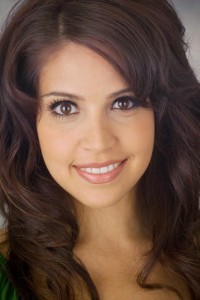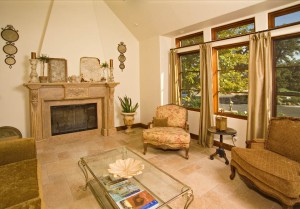 There are a lot of lighting products on the market, and many of them are mostly hype. There are only so many ways you can manipulate light, and few of them are new. So you can make a light source larger with an umbrella, soft box or a light panel. If you want to put light in just one part of an image you will probably need a snoot, grid spot, or barn doors. There are other ways to do these things, but they do about the same things. Changing the name doesn’t change the product much.
There are a lot of lighting products on the market, and many of them are mostly hype. There are only so many ways you can manipulate light, and few of them are new. So you can make a light source larger with an umbrella, soft box or a light panel. If you want to put light in just one part of an image you will probably need a snoot, grid spot, or barn doors. There are other ways to do these things, but they do about the same things. Changing the name doesn’t change the product much.
One of the things people have tried to do for a long time is to make the little light source on a camera mount strobe, like the Nikon SB 900 or the Canon 580, act like a bigger light source. When you have a large light source the light hits the subject from all points of the source, so you get less shadowing and softer transitions between highlight and shadow. Vivitar introduced a bounce card for the 283 strobe in about 1976, so the manufacturers have been at this for a while. The Vivitar bounced all the light off a card, simple but didn’t change things all that much. Later designers bounced light off the walls of the room, so that there was a lot of fill light. This was more effective. So you see products from Sto-fen, Lumiquest and Gary Fong. There are differences in the way they move the light around and where they move the light, but the idea is similar: some light goes directly to the subject and some is bounced. Now this idea works, and it is probably the best idea for event photography, and will work well in other situations.
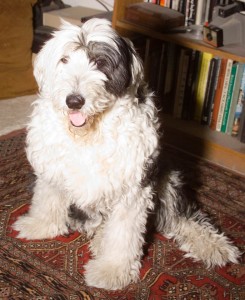
Taken with a direct flash. See the hard shadows and the high contast? What a difference the BOOTY LIGHT makes!!!
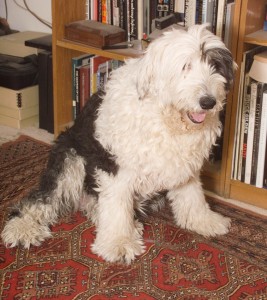
Booty light shot!!
I have decided to introduce a NEW and FABULOUS way to spread light from a camera mount strobe, or many other kinds of strobes. Did I say it is NEW and WONDERFUL? I have to make sure I use enough hype here. It is the BOOTY light, yes this FABULOUS new light is actually a shoe covering. You can by TWO for only 79¢, YES less than a dollar. That makes these WONDEFUL, NEW units less than one half of one per cent as expensive as a Gary Fong Lightsphere II. Didn’t I say this is FABULOUS?
Seriously these are useful tools. I have used them on several occasions, because I needed to be quick of I needed a camera mount strobe to add to a monolight on a stand. In addition to the before and after shots, necessary to introduce something as WONDERFUL as this, I have a shot from a recent project where I used the booty light and just one other strobe with an umbrella. I had to work quick on this shoot. So think about it: Don’t you need a Booty light? Here’s a link: http://www.envirosafetyproducts.com/product/Tyvek-Shoe-Covers.html You can also buy them in quantities of over 100, even CHEAPER!!!
Thanks, John Siskin
Ps. One size fits mostly all! WONDEFUL!!!
Pps. Collapses for easy storage and WILL KEEP THE CARPETS CLEAN!!
My classes:
An Introduction to Photographic Lighting
Portrait Lighting on Location and in the Studio
Business to Business: Commercial Photography
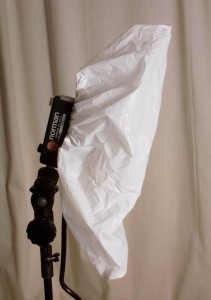
Booty Light on a Norman 200B, one size fits almost all!!
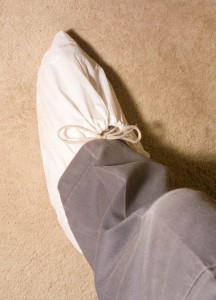
Booty Light on shoe, It's dual purpose!!
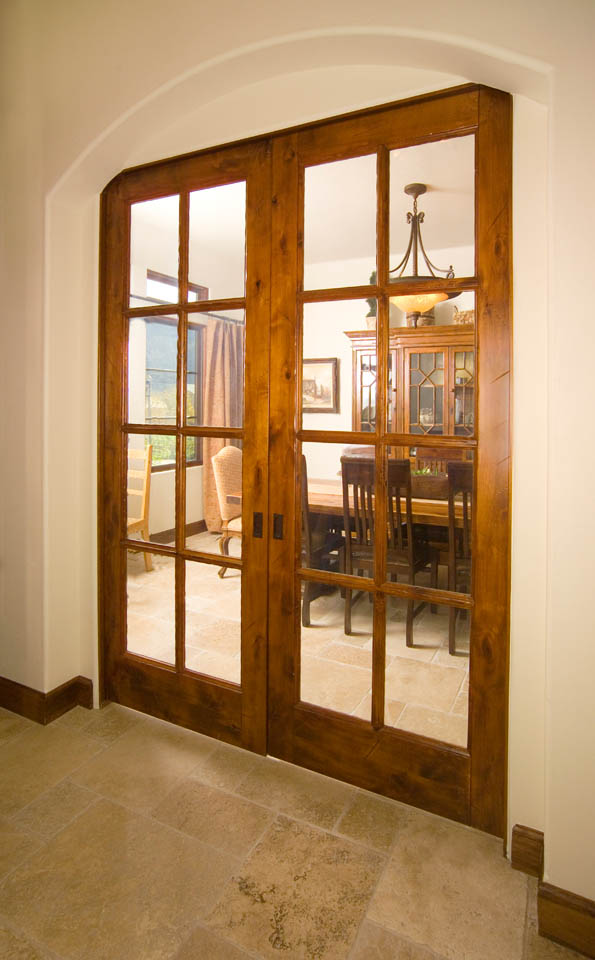
Another location shot with the BOOTY LIGHT the booty light is the only light on the outside of the door, the strobe with the umbrella is in the room past the door.
